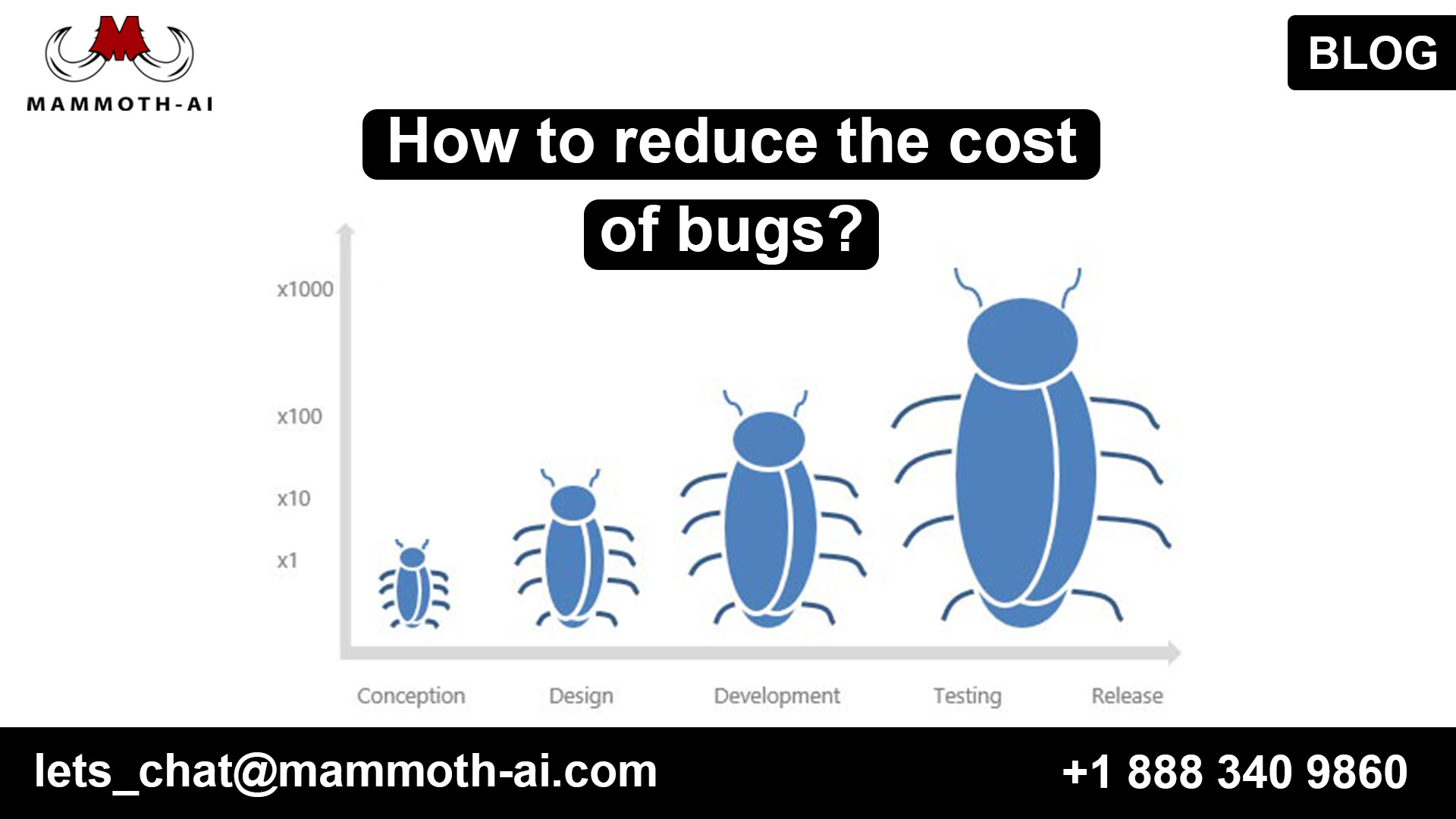When it comes to bugs, the old adage “a stitch in time saves nine” is very true. The longer a bug exists in a program, the more likely it is that additional code will be written to fix it. This would necessitate more re-testing, which would add to the cost of the fix. Bugs must be detected early in order to reduce the cost of bug fixing.
Agile strategies for handling bugs
The agile project management approach not only aids in the early detection of bugs, but it also results in a higher-quality release due to collaboration. When it comes to prioritizing bugs to fix, effective collaboration is critical.
Customer satisfaction is the primary focus of agile projects. Agile projects have a more flexible scope than traditional waterfall software development projects. The software development teams are well aware that the project’s requirements will change over time. In agile projects, continuous customer involvement is essential. Bugs are handled in agile projects based on the impact they have on the application being developed.
There are two strategies for handling bugs in agile projects:
Strategy 1
In this procedure, as before long as a bug is found, the criticality of the bug is decided. The criticality of the bug depends upon the effect of the bug on the usefulness of the application. At that point the bugs are for the most part classified having taking after criticality levels:
Criticality: High
A bug that prevents the accomplishment of an essential function.
Criticality: Medium
A bug that adversely affects the accomplishment of an essential function and there are no alternative workarounds available.
Criticality: Low
A bug that causes user inconvenience.
Criticality: Trivial
All the other errors.
These criticality levels are not standardized as the effect of the bugs shifts by industry. Whereas choosing the need of settling bugs, the likelihood of event is additionally taken into thought. A bug with tall criticality that happens exceptionally seldom is of low priority for settling. This is often a risk-based program testing approach in which the likelihood of a bug happening and the effect of the bug when it happens are considered. The bugs with tall likelihood and tall affect are planned to begin with for settling (allude hazard matrix).
Risk matrix
When bugs are discovered, “Trois Amigos” meetings are organized to effectively address these errors. These meetings involve product owners or business analysts, developers and QA testers to investigate any bugs. The idea behind these meetings is to present three different perspectives by prioritizing the bugs to be fixed. These three perspectives are
Business – What are the problems we are trying to solve?
Development – How to solve these problems?
Tester – What can happen when we fix this problem?
The Product Owner represents the company and explains the risk of failure to the company. Programmers highlight the details of implementing debugging initiatives. The tester, meanwhile, gives an opinion on what could go wrong. The “Trois Amigos” meeting is not limited to just three people, but can also include other members.
Strategy 2
There is a school of thought that says that any bug found during development is not a bug because the software still works. The second strategy for agile projects emphasizes that a preventive approach is better than a cure. Defects found in production are the result of inefficient development, testing, or delivery.
Continuous Development (CD) is a software development methodology that streamlines the delivery process to deliver high-quality software to customers as quickly as possible. On CD, you can get early feedback by posting a prototype or minimum viable product (MVP). You can get feedback on your MVP by following the usage patterns. You can then measure user behavior in terms of what you want to achieve with each release. A basic MVP product with minimal functionality needed to solve a particular business problem will reduce any wasted development effort that could lead to more bugs.
With Continuous Development (CD), the development team must perform continuous integration, which is the process of testing code in a shared repository several times a day. An automated build to detect errors as soon as possible checks each record. Testing is run continuously while unit testing, component testing, and a series of acceptance and integration tests are run on every save.
There are several CD deployment strategies to achieve zero downtime in agile projects. Two important distribution strategies are:
Canary Releases
In this strategy, the next version of the software is released into production with exposure to only a small portion of your user base. When the version passes the environmental tests, it is made available to a large number of users.
Bluegreen Deployment
In this strategy, request an identical copy of the production application stack. The latest version of the application is configured on the replica. Traffic is then moved from the current production stack to the new one after testing. This approach is suitable for cloud resources and virtual infrastructure.
From the above strategies, we can infer that a higher degree of collaboration is required to reduce the cost of debugging. To improve error documentation and collaborate in debugging efforts, you need the right tools.
Conclusion
To minimize the cost of bugs, they should be detected and fixed early in the software development cycle. Therefore, you need a tool that improves the results of bug tracking and also helps you get a view of project-level errors. Mammoth-AI is one of the tools that provides the easiest way to deal with errors. So, you can reduce the overall cost of errors using Mammoth-AI.
For more info: https://www.qaaas.co.uk/testing-services/
Also Read: https://www.guru99.com/software-testing.html


